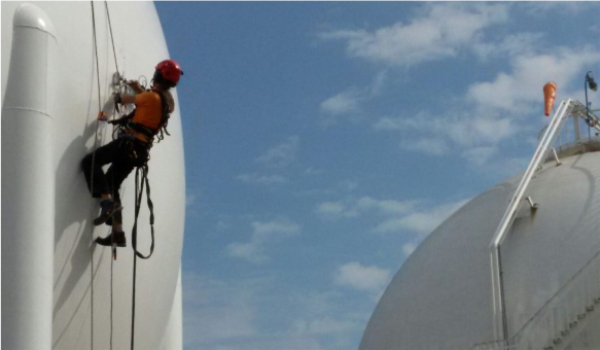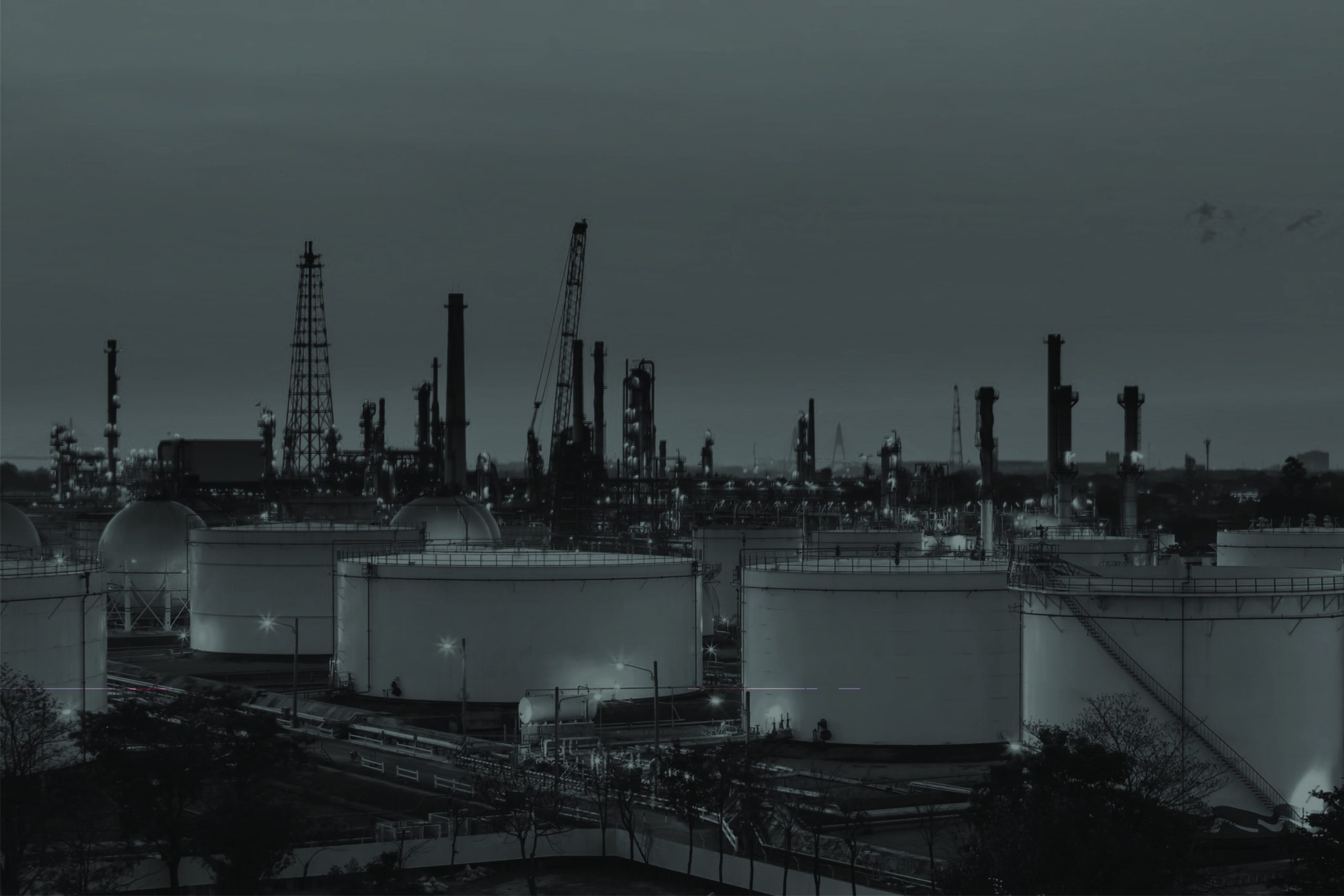Application > Storages Tanks
Storage Tanks
Comprehensive solution for everything related to storage tanks
Details
Aboveground storage tanks store fluid at ambient pressure and are vented directly to the atmosphere. Atmospheric tanks are primarily used for storing potentially volatile substances like gasoline, crude oil, other hydrocarbons and hazardous chemical products.
Typically, aboveground tanks are mainly classified into two categories based on the tank roof design: Fixed Roof and Folating Roof that can be further subdivided into various types.
A different class of storage tanks are spherical pressurized tanks that store materials required to be stabilized and stored under pressure. These are mostly used for storing fluids like liquid nitrogen and LPG.

Challenges
Apart from corrosion mapping on plates, welds are also routinely inspected during the duty cycle of a licenced storage tank. Not only that, but during fabrication, more and more constrution codes and guidelines permit the use of automated ultrasonic testing in lieu of radiography. In fact, certain areas like the annular plates located on the tank floor favour the use of ultrasonic testing. The same scanners used for corrosion can be adapted to weld inspection in its fully automated form or the semi-automated one.

Corrosion Mapping
Periodic corrosion surveys are a necessity in every maintenance cycle for these storage tanks. This can be easily achieve by scaffolding or by rope acess, which considerably less expensive, and perform spot thickness measurements using devices like our PragmaGauge.
Another possibility would be to use magnetic automated crawlers to perform encoded B-Scans along the surface of the tank or even C-Scans, by outfitting the same crawlers with a motorized raster arm. This can be done with a single channel conventional UT or multi-channel Phased array for added productivity. This obviously prevents unecessary scaffolding and allows the inspector to comfortably review the data from the ground.
